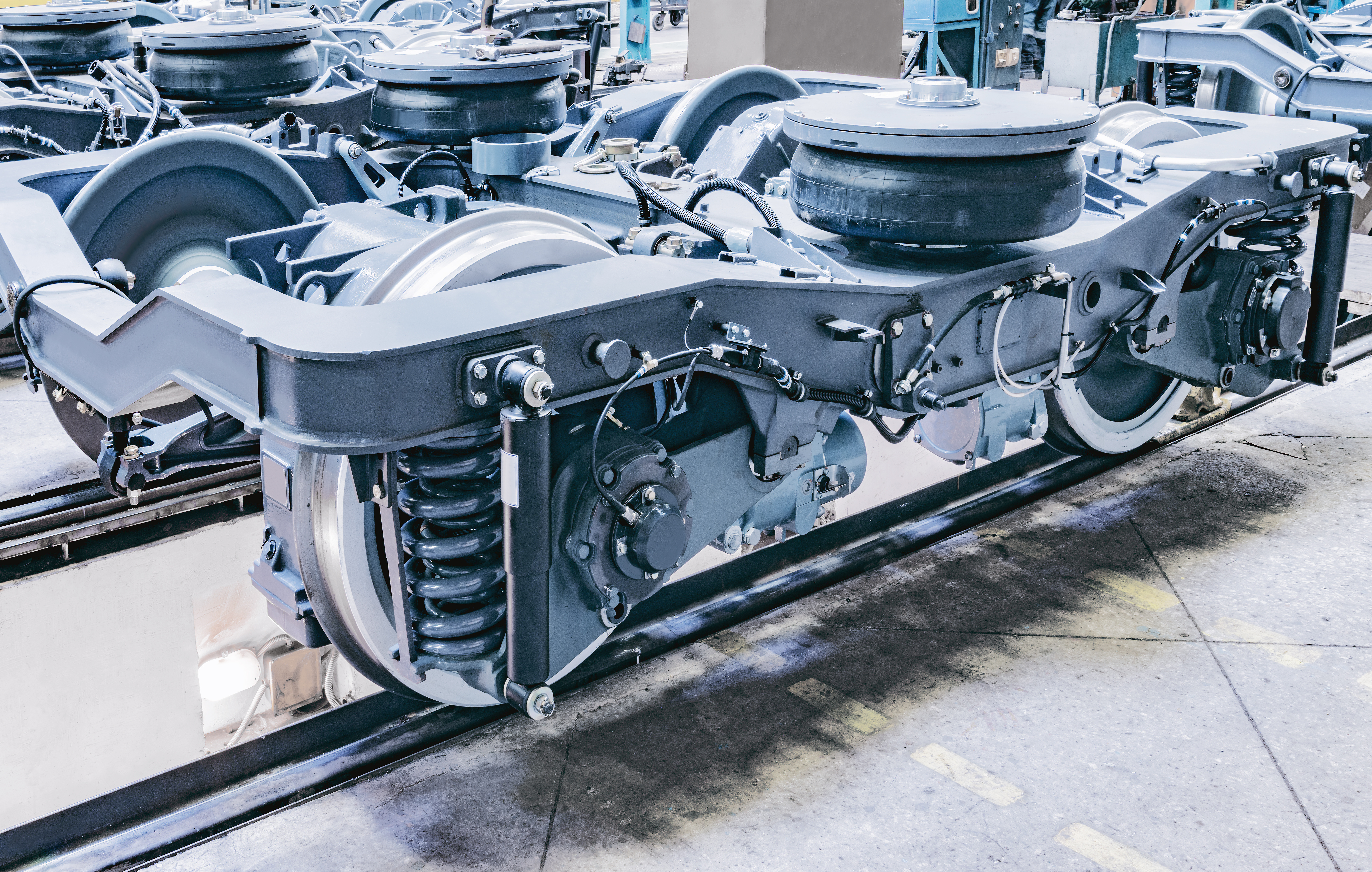Latest news
Australia’s infrastructure and transport ministers have agreed to bring Australia’s major interstate freight and passenger corridors under one digital signalling technology — the European Train Control System (ETCS).
From now on, all new digital signalling investments on the National Network for Interoperability (NNI) must meet mandatory ETCS standards. This will improve efficiencies as trains move seamlessly across networks, boosting productivity and delivering safer, more reliable freight and passenger connections between cities, regions, and ports.
Find out more here.
To stay updated, subscribe to our monthly newsletters here.
Digitisation is transforming rail
Digital train control systems make rail operations safer, more reliable and more efficient.
They allow trains to run closer together, meaning more services can operate on the same route without building new tracks. With less trackside infrastructure to maintain, networks become more reliable and easier to manage during disruptions.
These systems also use less fuel and reduce the cost of maintaining older signalling equipment.
By generating real-time data, digital systems can improve timetabling, maintenance and asset management — helping operators run services and manager their networks more smoothly and efficiently.
Coordinating the rollout of new technologies
When individual networks implement their own bespoke digital systems, there’s a risk those systems won’t work together — limiting the safety and productivity benefits of the new technology.
To avoid this, the NTC is working with all governments and industry to coordinate the national rollout of digital train control systems.
Through the National Rail Action Plan (NRAP), we’re helping make these technologies interoperable and implemented consistently across Australia, so our rail networks can operate as one integrated system.
Greater alignment will mean:
- trains gain the full safety and productivity benefits of every network they travel over
- complex and expensive onboard and trackside equipment isn’t duplicated
- management, maintenance and training costs are reduced
- more trains can run safely on shared tracks.
The NTC, through NRAP, is coordinating a technology and signalling pathway across Australia’s major freight and passenger lines, starting with the eastern seaboard.
We’re also establishing common principles to guide the consistent rollout of systems, and cost-sharing principles to ensure interoperability costs and benefits are distributed fairly.
Other NRAP reforms include:
- introducing mandatory standards to lock in interoperability of digital systems for the future
- progressing amendments to the Rail Safety National Law (RSNL) which will require rail transport operators on the NNI to consider national interoperability and have an Interoperability Management Plan (IMP) when planning changes to their railway operations.
Benefits of rail interoperability
A coordinated rollout of digital train control systems will:
- improve freight reliability and transit times
- make passenger services more punctual and reliable
- reduce training costs and improve workforce mobility
- enhance safety across networks
- lower carbon emissions through more efficient operations
- boost local manufacturing and supply chain competitiveness
- remove the need for costly lineside signalling
- help future-proof networks for fast rail.
Together, these benefits will create a safer, more connected and more sustainable national rail system — one that supports Australia’s economy, communities and transition to net zero.
How to participate
If you'd like to find out more about how we are helping to align digital train control technologies send us an email or subscribe to our monthly newsletter here.
To make a formal submission in response to our discussion papers you can find out more here.
- Log in to post comments
